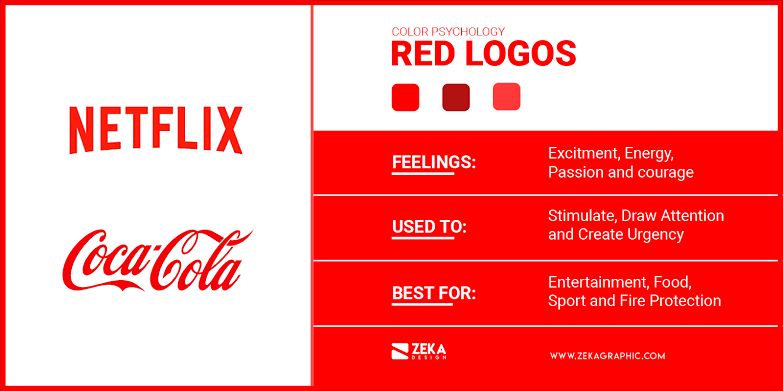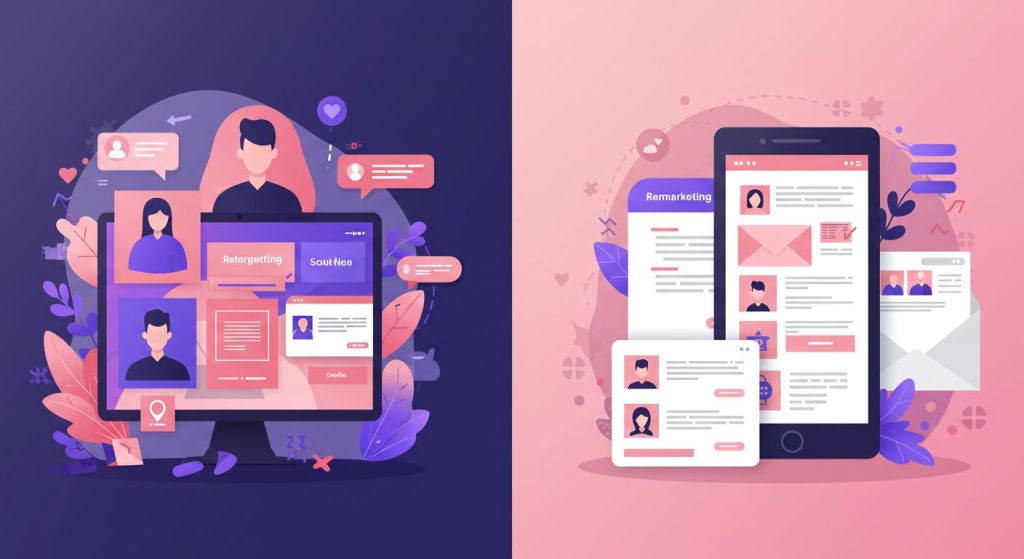Introduction
In the world of marketing and branding, every element of design plays a crucial role in shaping consumer perceptions. Among these elements, the use of colors in logo design holds a unique power. Colors have a profound psychological impact on human emotions and behavior, making them a vital aspect of creating memorable and effective logos. Understanding the psychological impact of colors and their influence on consumer behavior is essential for businesses aiming to establish strong brand connections.
Colors in Logo Design: More Than Just Aesthetics
When it comes to colors in logo design, it’s not just about choosing hues that look visually appealing. Each color evokes specific emotions and associations, triggering subconscious responses in consumers. For instance, warm colors like red and orange can create a sense of excitement and urgency, making them ideal for brands targeting a youthful and energetic audience. On the other hand, cool colors like blue and green convey calmness, trust, and reliability, making them suitable for brands in finance or healthcare sectors.

The Psychological Impact of Colors
The psychological impact of colors goes beyond mere aesthetics; it directly influences consumer behavior. Brands strategically utilize colors to evoke particular feelings and establish emotional connections with their audience. For example, a logo predominantly featuring the color blue can instill a sense of trustworthiness and reliability, encouraging consumers to choose a product or service over competitors.
Color Symbolism in Branding
Different cultures associate colors with various meanings and symbols. For instance, in Western cultures, the color white often signifies purity and cleanliness, while in some Eastern cultures, it represents mourning. Successful global brands consider these cultural nuances, ensuring their logos resonate positively with diverse audiences. By understanding the cultural symbolism of colors, businesses can avoid unintentional misunderstandings and strengthen their brand perception on a global scale.
Creating Emotional Connections
Emotional connections play a pivotal role in consumer decision-making. When a logo resonates emotionally with consumers, it fosters loyalty and long-term relationships. For example, a logo using warm, vibrant colors can create a sense of excitement, triggering positive emotions associated with the brand. These emotional connections go a long way in influencing purchasing decisions and building brand advocacy among consumers.

Conclusion
In conclusion, the psychology of colors in logo design significantly impacts consumer behavior, brand perception, and emotional connections. By understanding the psychological impact of colors, businesses can create logos that evoke the desired emotions, establish strong brand connections, and influence consumer decisions positively.
As you embark on your branding journey, remember the importance of choosing colors wisely. Consider your target audience, cultural contexts, and the emotions you wish to evoke. By harnessing the power of colors, you can elevate your brand presence and create a lasting impact in the minds and hearts of your consumers.



